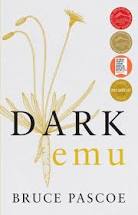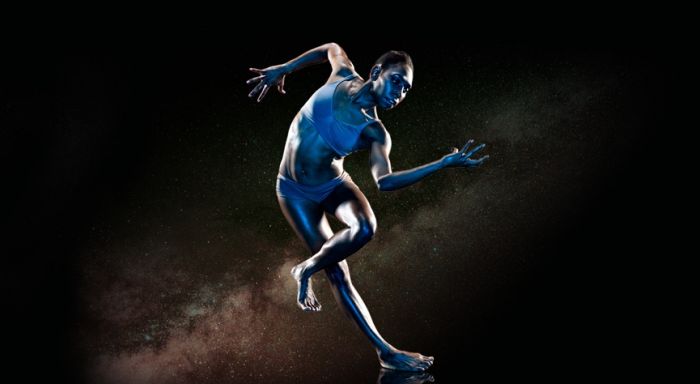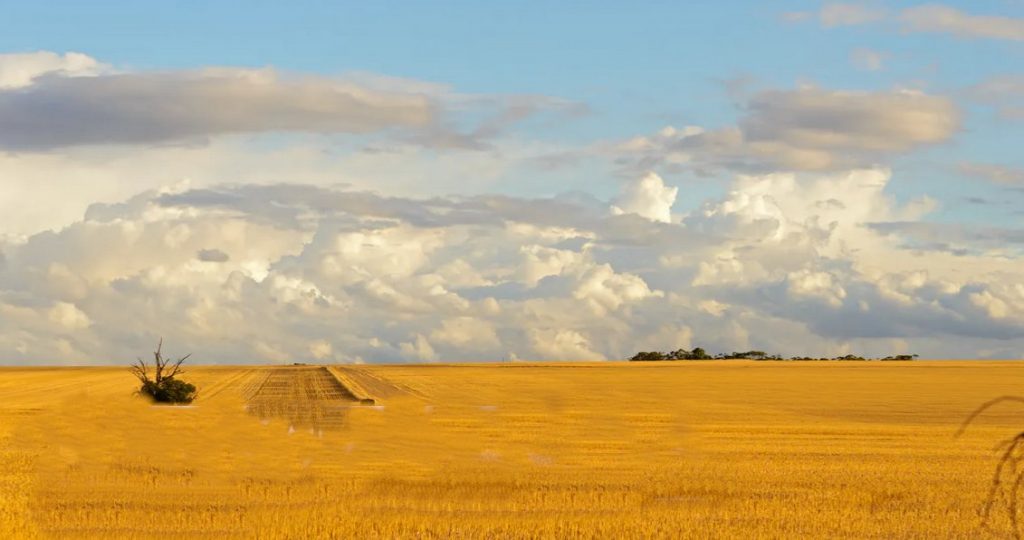Dark Emu, Bruce Pascoe, Australia, 2014
 Like Pemulwuy: The Rainbow Warrior by Eric Willmot, Dark Emu should be compulsory reading for all Australians. While Pemulwuy looks at the first years of European colonization and the dreadful impact it had on the Indigenous people, Dark Emu examines the theory that the Aboriginal people were not primitive hunters and gatherers (as we have been taught to believe) but that they built houses and practised agriculture, animal husbandry and fishing at standards on a level with all other so-called civilized peoples.
Like Pemulwuy: The Rainbow Warrior by Eric Willmot, Dark Emu should be compulsory reading for all Australians. While Pemulwuy looks at the first years of European colonization and the dreadful impact it had on the Indigenous people, Dark Emu examines the theory that the Aboriginal people were not primitive hunters and gatherers (as we have been taught to believe) but that they built houses and practised agriculture, animal husbandry and fishing at standards on a level with all other so-called civilized peoples.
The title, Dark Emu, alludes to the black spaces between the stars: ‘Europeans stare at the stars, but Aboriginal people also see the spaces between where the Spirit Emu resides.’ The emu is connected to the grasslands, which in pre-European times, provided the Aboriginal people with grain and food.
Pascoe points out (backing up his statements with much evidence) that the Aboriginal peoples living here in 1788 already had a vibrant, functioning society: they built houses and villages; they cultivated crops; and they had unique methods for hunting animals and collecting fish. However, the Europeans needed to abide by the story that they had created: the Indigenous people were primitive and, therefore, had no real claim on the land. Had the truth come out, the theory of terra nullius would have been null and void, and the great land grab that the Europeans were already envisioning would have disintegrated before their eyes.

As Pascoe writes on page 132: The underestimation of Indigenous achievement was a deliberate tactic of British colonialism. By presenting the inhabitants as incapable of meeting the prerequisites for a civilized community, the Europeans could paint themselves as saviours and not usurpers. Moreover, certain Aboriginal structures were explained away as having been built by Europeans hundreds of years previously and that they, the present Europeans, were therefore simply reclaiming ‘a lost domain of their heritage’.
While Europeans have sought to create a story where it is they who brought progress and development to a stagnant land, the depressing fact is that the last 250 years have seen the loss of countless species – both fauna and flora, the creation of arid wastelands (through the introduction of sheep and large-scale agriculture) and the acceleration of devastating bushfires. Parallel to this plunder has been the havoc wreaked upon the Aboriginal peoples themselves.
Because of all the false information and the intentional lack of information, the average Australian now harbours a varying degree of intellectual prejudice towards the Aboriginal people, which is one of the reasons why integration programmes just do not work. A proper discussion regarding Aboriginal society and culture has never been allowed to take place, while, at the same time, (as Pascoe writes) ‘the belief that Aboriginal people were ‘mere’ hunter-gatherers has been used as a political tool to justify dispossession.’ (Page 183)
It becomes very obvious, reading Pascoe’s book, that the biggest difference between the Aboriginal and the European is the concept of land. For the European, everything has been about ‘taking possession of land, asserting dominion over nature, despoiling newly ‘discovered’ country to create a familiar civilisation‘ (Page 198). On the other hand, the Aboriginal claims that the land belongs to everyone and that each generation is merely taking care of the land for the next generation.

For a positive dialogue to work, intellectual prejudice must be set to one side and European Australia must be prepared to offer Aboriginal Australia the respect it so rightly deserves (and which it has no problem offering another European or, for that matter, Asian, country). The Aboriginal people have an intrinsic understanding of the land and their ideas should be given heed. For example, the concept of the land as belonging to everyone negates the need for fences, which in turn makes fire management much easier; sheep have already destroyed thousands of acres of land, but they could be easily and favourably replaced by native animals (kangaroos); and more weight should be given to the wide-spread cultivation of native seeds and grains.
This is a thought-provoking book, which hopefully will not only be read and pondered over by many, but will become the basis for much needed research into Aboriginal culture. If it leads to a better understanding of Aboriginal Australia and the implementation of rulings, governing both equality and respect for First Nation people, then Pascoe will most definitely have achieved much of what he set out to accomplish.
 The Bangarra Dance Company have produced a performance called Dark Emu, which is based on Pascoe’s book. You can read about it by clicking on the image.
The Bangarra Dance Company have produced a performance called Dark Emu, which is based on Pascoe’s book. You can read about it by clicking on the image.
